Fashion is more than just clothes; it’s an art form, a way of life, and a means of self-expression. Whether you’re a seasoned fashionista or just starting to explore your style, understanding the basics of fashion can help you make confident choices. In this guide, we’ll delve into the fundamentals of fashion and provide tips on how to master your personal style.
What Is Fashion?
At its core, fashion refers to the styles of clothing and accessories worn by people. It’s a reflection of culture, trends, and personal identity. Fashion is constantly evolving, influenced by various factors like art, music, technology, and social movements. Understanding these influences can give you a deeper appreciation for what you wear.
The Role of Trends
Trends play a significant role in fashion. They are the styles that gain popularity within a certain period. Keeping up with trends can be exciting, but it’s essential to remember that trends come and go. What’s in today might be out tomorrow. Instead of following every trend, focus on what resonates with you.
Defining Your Personal Style
Before diving into fashion, take some time to define your personal style. What do you love to wear? What makes you feel confident?
Finding Inspiration
Look for inspiration in various places. Browse fashion magazines, follow style influencers on social media, or create a Pinterest board. Collect images and outfits that catch your eye. Over time, you’ll notice patterns in your preferences.
Identifying Key Elements
Once you gather inspiration, identify key elements of your style. Are you drawn to classic pieces, bohemian vibes, or edgy looks? Understanding your style will guide your future purchases and help you build a cohesive wardrobe.
Building a Versatile Wardrobe
A versatile wardrobe consists of essential pieces that can be mixed and matched easily. This makes getting dressed a breeze.
Wardrobe Staples
Consider adding these timeless staples to your wardrobe:
- White Button-Down Shirt: This classic piece can be dressed up or down.
- Well-Fitting Jeans: A good pair of jeans is a must-have for any wardrobe.
- Little Black Dress: Perfect for any occasion, this dress can be styled in numerous ways.
- Tailored Blazer: Instantly elevates any outfit, making it suitable for work or a night out.
- Comfortable Sneakers: Ideal for casual days while still looking stylish.
Quality Over Quantity
When building your wardrobe, focus on quality. Investing in well-made pieces will save you money in the long run. Quality clothing not only lasts longer but often looks better and feels more comfortable.
Understanding Fit
Fit is crucial in fashion. Even the most stylish outfit can fall flat if it doesn’t fit properly.
Know Your Measurements
Understanding your body measurements will help you choose clothing that fits well. When shopping, always pay attention to how garments fit your shoulders, bust, waist, and hips. This knowledge will help you select clothes that flatter your figure.
Tailoring
If you find a piece you love that doesn’t fit perfectly, consider getting it tailored. A few adjustments can transform a garment from okay to fabulous. Tailoring is an investment that pays off by enhancing your overall appearance.
Exploring Colors and Patterns
Don’t shy away from colors and patterns! They can add personality and flair to your wardrobe.
Finding Your Color Palette
Explore colors that complement your skin tone. Certain shades can enhance your natural beauty and boost your confidence. Once you know your palette, you can choose clothes that work harmoniously together.
Mixing Patterns
Mixing patterns can be fun and stylish when done correctly. Start with patterns that share a color palette for a cohesive look. For instance, stripes can look great with florals. Just remember to balance the patterns so they don’t clash.
Accessorizing Your Outfits
Accessories can elevate any outfit and showcase your personal style. They are the finishing touches that complete your look.
Key Accessories
Consider investing in a few high-quality accessories, such as:
- Classic Handbag: A versatile bag that can be used daily.
- Statement Jewelry: Bold earrings or a chunky necklace can enhance a simple outfit.
- Stylish Sunglasses: Not only do they protect your eyes, but they also add flair.
- Scarves: These can be used in various ways, adding warmth and style.
Layering Accessories
Layering accessories can add depth to your outfit. Stack bracelets, mix different necklace lengths, or combine rings for a fashionable look. Just be mindful of balance—too many accessories can overwhelm an outfit.
Staying True to Yourself
At the end of the day, fashion is about self-expression. It’s essential to wear what makes you feel confident and comfortable.
Embrace Individuality
Don’t feel pressured to follow every trend. Embrace your unique style and wear what resonates with you. Fashion is personal, and your wardrobe should reflect your individuality.
Confidence is Key
Remember that confidence can make any outfit shine. Stand tall and wear your clothes with pride. When you feel good in what you wear, it shows, and that’s the best accessory you can have.
Final Thoughts
Fashion is a powerful tool for self-expression. By understanding your personal style, building a versatile wardrobe, and exploring colors and patterns, you can master the art of fashion.
Remember that fashion is about fun and creativity. Don’t be afraid to experiment, and allow yourself to grow and evolve. Embrace your journey in the world of fashion, and let your style shine!


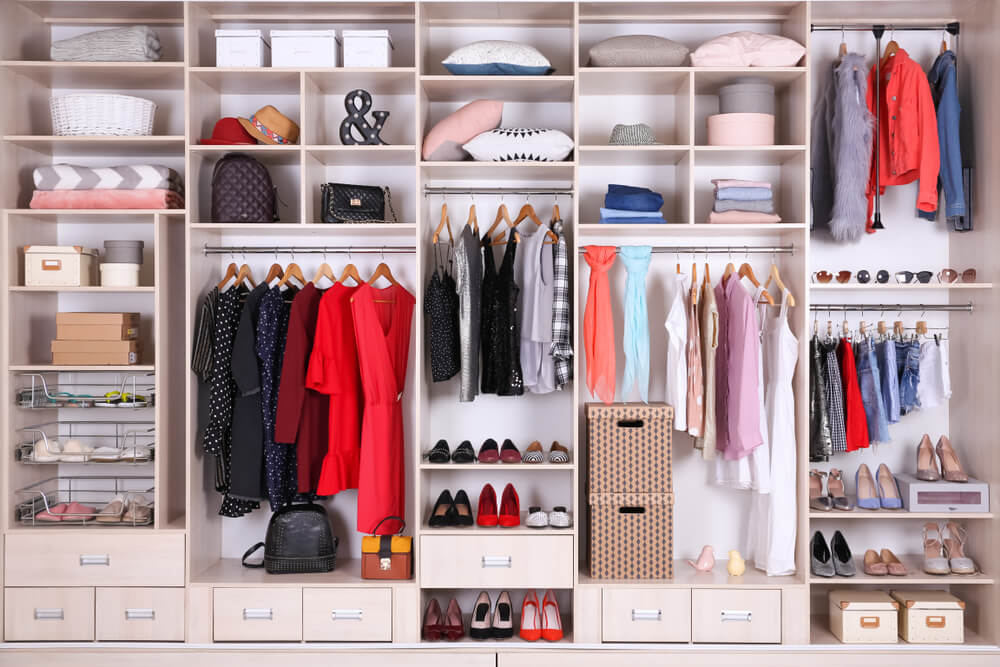
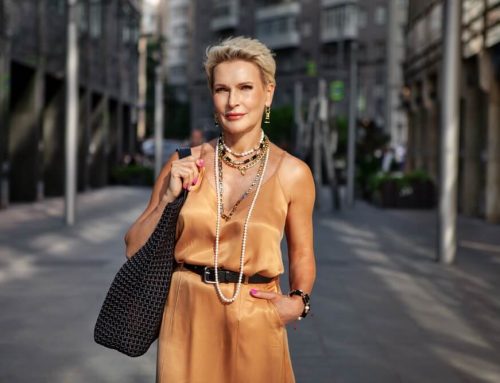
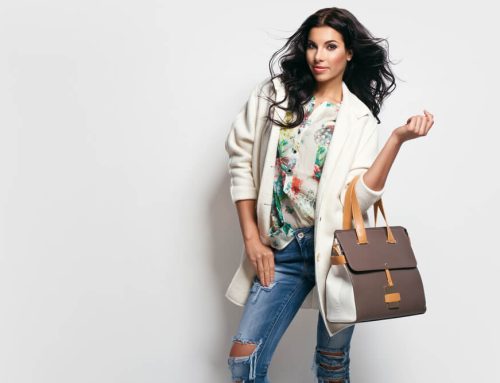
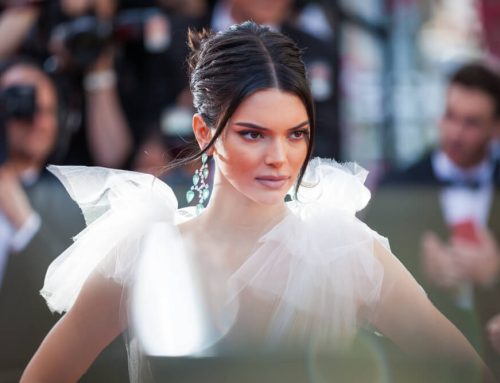
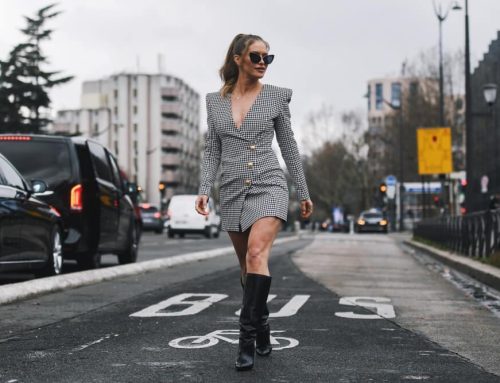
Leave A Comment